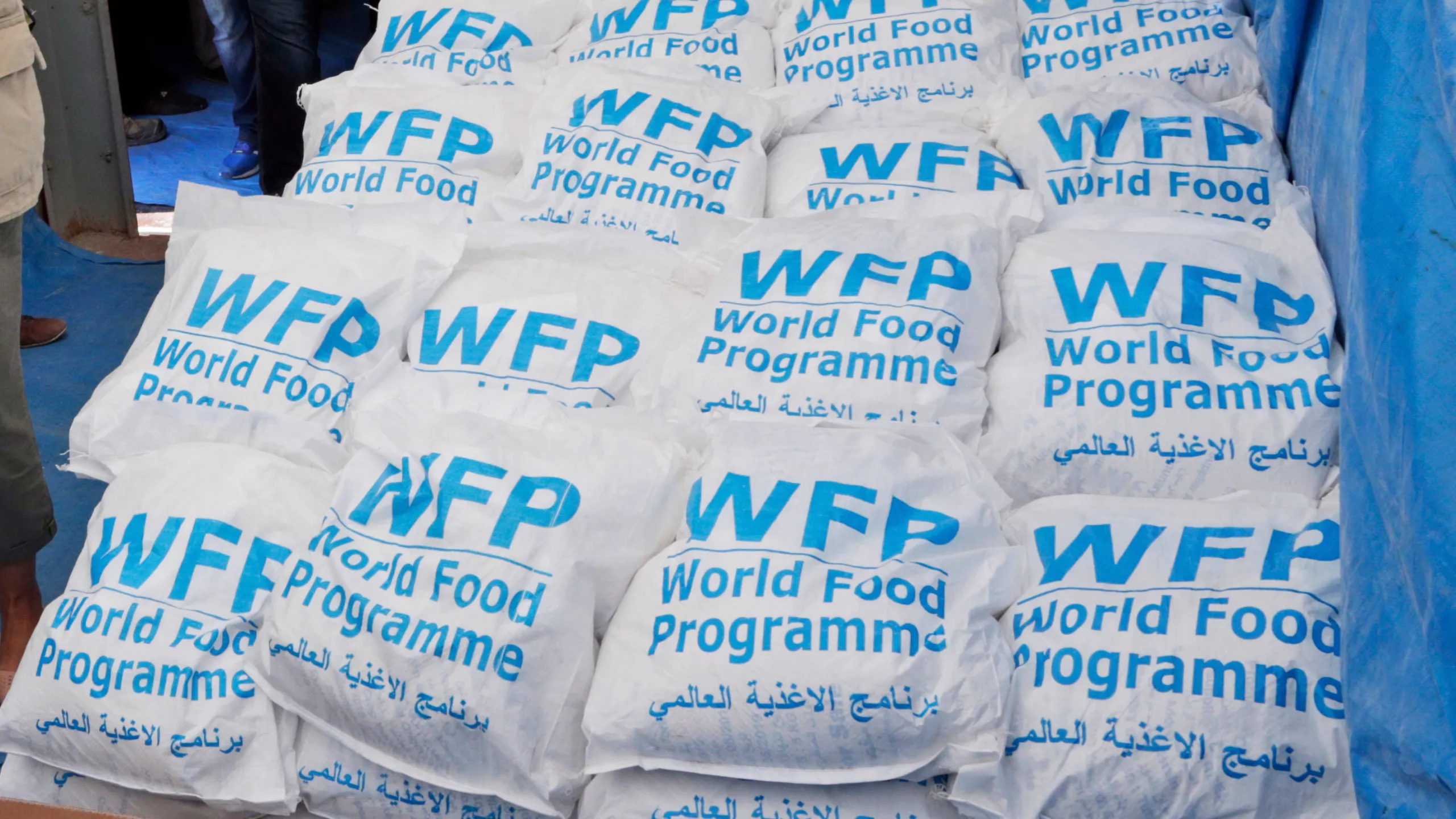Providing food to the world’s most vulnerable populations is about to become significantly more difficult for the United Nations World Food Programme, the planet’s largest international agency dedicated to fighting hunger. In 2024, the organization reached more than 100 million people in need. Just five years earlier, the WFP was awarded the Nobel Peace Prize.
However, the agency is now preparing to undergo a dramatic scale-back, triggered by steep declines in donations and sweeping foreign aid reductions under the Trump administration.
The WFP spent $9.8 billion on humanitarian operations last year, with nearly half of that total contributed by the United States. This year, however, the agency anticipates a staggering 40% shortfall in overall funding.
In an internal memo sent to all employees on April 24, WFP leadership warned of imminent job cuts ranging between 25% and 30%, potentially eliminating around 6,000 positions globally. The email, which NPR obtained, specified that reductions would affect every operational level and country where the WFP is active. The agency is financed primarily through voluntary contributions, with most funding coming from governments, supplemented by the U.N., foundations, and other partners.
Even before 2025, donor nations in Europe had begun scaling back their aid, echoing a broader international trend toward prioritizing defense and national security. The most abrupt loss came from the United States, the WFP’s largest donor, which cancelled hundreds of millions in financial commitments.
“I’ve worked in humanitarian response for almost three decades, and I’ve never encountered a situation like this,” said Paul Spiegel, director of the Center for Humanitarian Health at Johns Hopkins University.
Spiegel noted that while funding challenges are not uncommon in the aid sector, the severity and timing of these cuts are unprecedented. “There’s certainly donor fatigue, and I understand that — we’re dealing with multiple crises simultaneously. But what we’re seeing now with WFP’s funding is something else entirely,” he said. “We will, tragically, witness a sharp rise in deaths in crisis areas due to the scale and speed of these cuts.”
In a statement to NPR, a spokesperson for the U.S. State Department said that USAID had only cancelled a small number of its WFP-related agreements, citing fears that aid could be diverted to terrorist groups. That justification was used in withholding $680 million destined for programs in Afghanistan and Yemen.
In an April post on X, the WFP warned that the planned U.S. cuts in 14 countries amounted to a “death sentence for millions.” While the Trump administration later reversed some of the reductions, it refused to reinstate funding for nations like Yemen and Afghanistan, citing national security concerns and alignment with “America First” policies.
In 2024, WFP programs in Afghanistan had received approximately $280 million through USAID, before the administration halted those grants entirely.
“There have been funding gaps before, but not on this kind of global scale,” said Harald Mannhardt, deputy country director for the WFP in Afghanistan.
According to the U.N., half of Afghanistan’s population depends on humanitarian assistance for survival, and over 3 million Afghans are on the edge of famine. Mannhardt said the WFP already lacked the resources to meet rising needs before the U.S. withdrawals.
“People are extremely worried about the end of food assistance,” Mannhardt explained. “Whenever I’ve visited distribution centers in recent months, people outside are constantly asking why they’re not included in the programs. Right now, we’re able to help only half — or even less than half — of the people we should be supporting.”
The crisis is particularly severe for women and children, as the Taliban has heavily restricted women’s rights. In its 2024 report, the WFP recorded an alarming surge in childhood malnutrition, with an estimated 3.5 million Afghan children affected. UNICEF reports that 41% of Afghan children experience stunting, a condition caused by chronic undernourishment. “Acute malnutrition will lead to child deaths,” said Spiegel. “And chronic malnutrition — stunting — will have lifelong, even generational, consequences. These children may never reach their full physical or cognitive potential, and their children may suffer the same fate.”
In addition to providing direct food aid, the WFP operates as a logistical hub for other humanitarian agencies, including through its U.N. Humanitarian Air Service (UNHAS), which transports aid workers and supplies to remote regions.
UNHAS now operates just two aircraft across Afghanistan, down from five due to limited funding.
Looking ahead to future hunger emergencies, the WFP also supports smallholder farmers and delivers nutrition education, efforts designed to build long-term resilience and reduce dependency on food aid.
Caitlin Welsh, director of food and water security at the Center for Strategic and International Studies, warned that U.S. cuts to the WFP would severely affect vulnerable countries in both immediate and future contexts.
“The U.S. is withdrawing from both emergency aid and from programs meant to prevent future emergencies,” Welsh said.
She emphasized that this shift marks a dramatic break from longstanding policy. “Since the 1960s, it’s been considered in America’s interest — morally, economically, and for security — to fund agriculture, food systems, and life-saving nutrition interventions abroad,” she explained. “This is the wealthiest country in the world walking away from helping the world’s poorest people survive some of the harshest conditions imaginable.”
Despite its bleak funding outlook, the WFP stated that it will focus its limited budget on “critical operations to deliver essential food assistance to the 343 million people suffering from hunger and increasingly at risk of starvation.”



